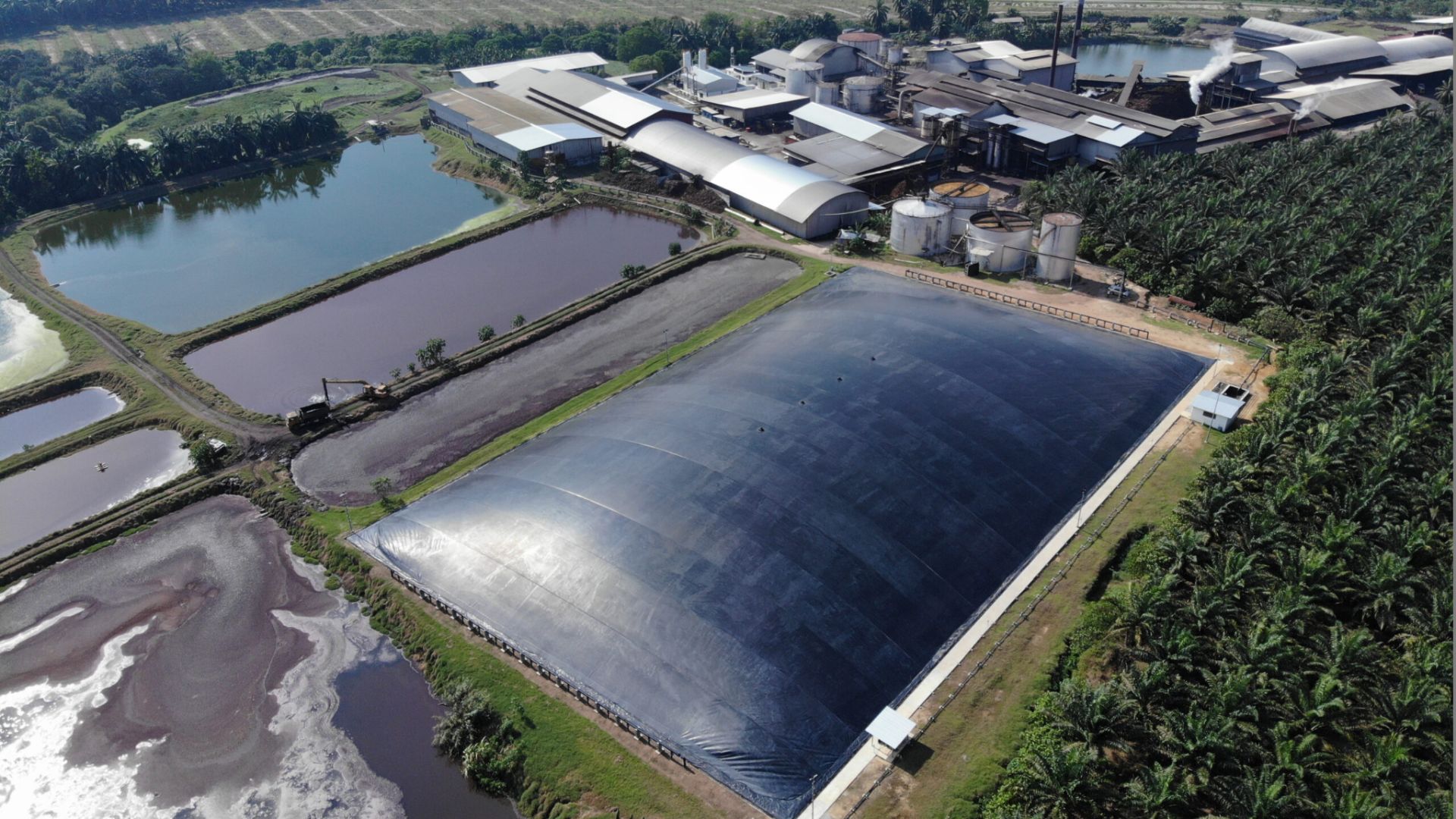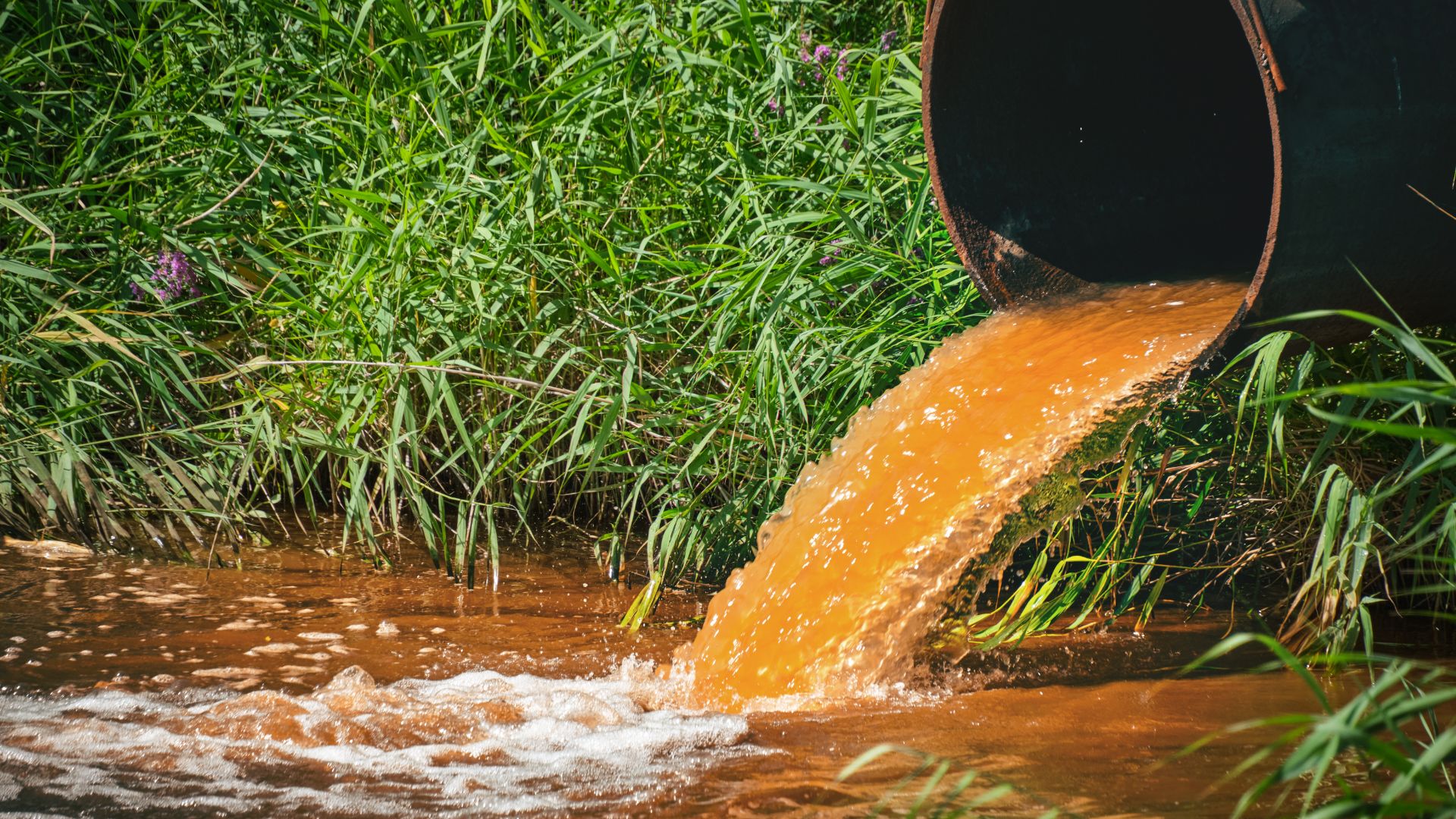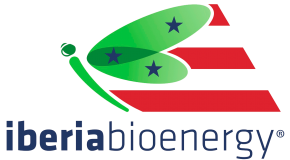We are focused on the collection and valorization of waste and residues to provide valuable feedstocks through a high-quality supply chain for the energy market and the transport sector.

Wastes and residues are a significant and underutilized set of feedstocks for renewable fuel and energy production
Unlike crop-based biofuel, waste and residue feedstocks are available without land-use change and therefore not competing in any way or form with the world’s food supply which makes them the perfect allies in the global challenge of energy transition from fossil-fuel to renewable.

Waste and residues collection:
from waste to energy
Used Cooking Oil (UCO):
Comprehends oils and fats of vegetable or animal origin that have been used for cooking or frying food for human consumption, and therefore constitute a genuine waste generated at restaurants, catering facilities, kitchens, or similar operations facilities considered as “points of origin” of those wastes.
Dealing with waste from households and industry is a significant problem worldwide. Handling, managing and properly dispose these wastes is not a simple task but through a proper collection an using innovative technology that problem can be tackled converting these wastes into sustainable biofuels.

Brown Grease
Brown Grease is the grease removed from wastewater sent down a sink drain also known as grease trap. Moreover, the material removed from sewers known as «FOG» (Fats, Oils and Grease skimmed from the material coming into sewage treatment plants) is reported under this name. Typical specifications for this material are: FFA min. 40%, MIU max. 5% , IV 60-130, high sulphur and phosphorus. Brown Grease is considered an advanced feedstock and it is listed in part A, Annex IX of RED II.

Sewage sludge
Sewage sludge is a remainder of the wastewater treatment process. It is considered an advanced feedstock and it is listed in part A, Annex IX of RED II.

Food Wastes
Includes material from manufacturers, retailers or consumers. This food is unsuitable for consumption because it is out of date and/or it is out of specification. It is considered an advanced feedstock and it is listed in part A, Annex IX of RED II.


Processing Residues from the vegetable oil and animal fat refinery and rendering industry
Palm oil mill effluent (POME) oil is the oil recovered from the unavoidable wastewater arising from palm oil production at a palm oil mill. Usual specification includes FFA Min 40% and MIU 5%. It is considered an advanced feedstock and it is listed in part A, Annex IX of RED II.
Waste/residues from processing of vegetable or animal oil: this broad category may include fatty acids, soapstocks, (residual) acid oils and other distillation residues. In all the cases, these materials are considered unsuitable for human or animal consumption.
Soapstock acid oil contaminated with sulphur are the processing residues resulting from the chemical extraction processes to refine vegetable or animal oils. The neutralization process of the soapstocks through certain mechanisms produces acid oils that contain residues of sulphuric or phosphoric acid making this material unsuitable for other uses such as animal feed.
Spent bleaching earth (SBEO) oil: bleaching earth is used to remove colour, phospholipids, oxidized products, metals and residual gums from the oils during the refining processes. The bleaching earth absorbs approximately 0,5% of oil which can later on be recovered. However, the recovered oil is not suitable for human consumption, hence it is considered a processing residue. Usual specification includes FFA 3 – 25% and MIU 3%. It is considered an advanced feedstock and it is listed in part A, Annex IX of RED II.
Cashew Nut Shell Liquid (CNSL): is the processing squeezed from the shells of cashew nuts after the edible portion has been removed for further treatment. It is considered an advanced feedstock and it is listed in part A, Annex IX of RED II.


Processing residues from the biofuel production industry
Crude Glycerin is a major byproduct in the biodiesel manufacturing process.
The purity of this residue mainly depends on the type of feedstock and the biodiesel production mechanism selected. RED II considers this non-refined material as a residue.
Transesterification residues (TER) are homogenous waste/residue from the biodiesel production industry as a result of the transesterification process mainly consisting of biodiesel, vegetable oil, fatty acids, methanol and water.
Residue of FAME end distillation: also known as “Bio-Heating oil”. For FAME to meet the EN14214 specifications, the esterified product may go through a distillation process which originates this type of residue.
This material should be intransparent, with density at least 905 kg/m3 (at 15°C) and the viscosity (at 40 °C) must be above 10 mm2/s.




